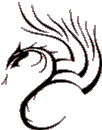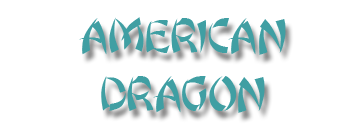POINT: LU-1 (LUNG-1)
| English: | Middle Palace |
| Also Known As: | Central Residence Middle Storehouse Center Area Middle Mansion Central Palace Big House Central Hall |
- Laterosuperior to the sternum, 1 cun below LU-2 Yunmen, at the level of the first intercostal space, 6 cun lateral to the anterior midline.
- Approximately 1 cun below the lateral end of the clavicle in the lateral part of the first intercostal space.
- Located below the acromial extremity of the clavicle, 1 cun inferior to the center of the interclavicular fossa and 6 cun lateral to the REN channel.
Note: to locate this point, ask the patient to extend his or her hand forward and resist while you apply pressure to the hand, in order to emphasize the delto-pectoral triangle. First locate LU-2 Yunmen in the center of the triangle, the locate LU-1 Zhongfu in the intercostal space approximately 1 cun inferior and slightly lateral to it. To locate the first intercostal space, first locate the costal cartilage of the second rib which is level with the sternal angle, then locate the first intercostal space above it.
- Puncture obliquely 0.5 to 0.8 cun towards the lateral aspect of the chest.
- Caution: to avoid injuring the Lung, never puncture deeply towards the medial aspect.
- Moxibustion is applicable.
- Slanted insertion, pointed upwards, 0.5 to 1 cun. Sensation: distention and soreness extending into the chest and upper arm.
- Transverse-oblique insertion 0.5 to 1 cun medially along the intercostal space.
- Caution: Deep perpendicular or oblique insertion carries a substantial risk of pneumothorax.
- Front-Mu point
- Meeting point of the Spleen channel
- Entry point
- Regulates Lung Qi
- Stops cough and wheezing
- Disseminates and descends Lung Qi
- Disperses fullness from the chest
- Stops pain
- Transforms Phlegm
- Clears Heat
- Regulates the water passages
- Descends Stomach Qi
|
|
N-BW-6 |
||
Chronic bronchitis |
Bronchial asthma |
Pulmonary tuberculosis |
UB-49 |
HT-9 |
|
Fullness in the chest and throat with esophageal constriction |
Chest pain |
Cough as a prominent factor in a Wind-Cold Invasion |
UB-13 |
||
Resolves Phlegm retained in the chest |
Tonifies the Lungs Eliminates pathogenic factors in the Lungs |
Tonifies the Spleen and Lungs |
LU-2 |
||
Chest pain |
Swelling of the face and abdomen |
Enuresis |
REN-16 |
||
Abdominal fullness Shortness of breath with a rattling sound (moxa LU-1 Zhongfu) |
Difficult ingestion |
Esophageal constriction with difficult ingestion and vomiting |
- This point helps people renew the contact with the heaven within them.
- This point circulates and adjusts Lung Qi.
- This point is mostly used in acute Excess patterns.
- The primary function of this point is to clear Excess of all kinds from the Lungs.

